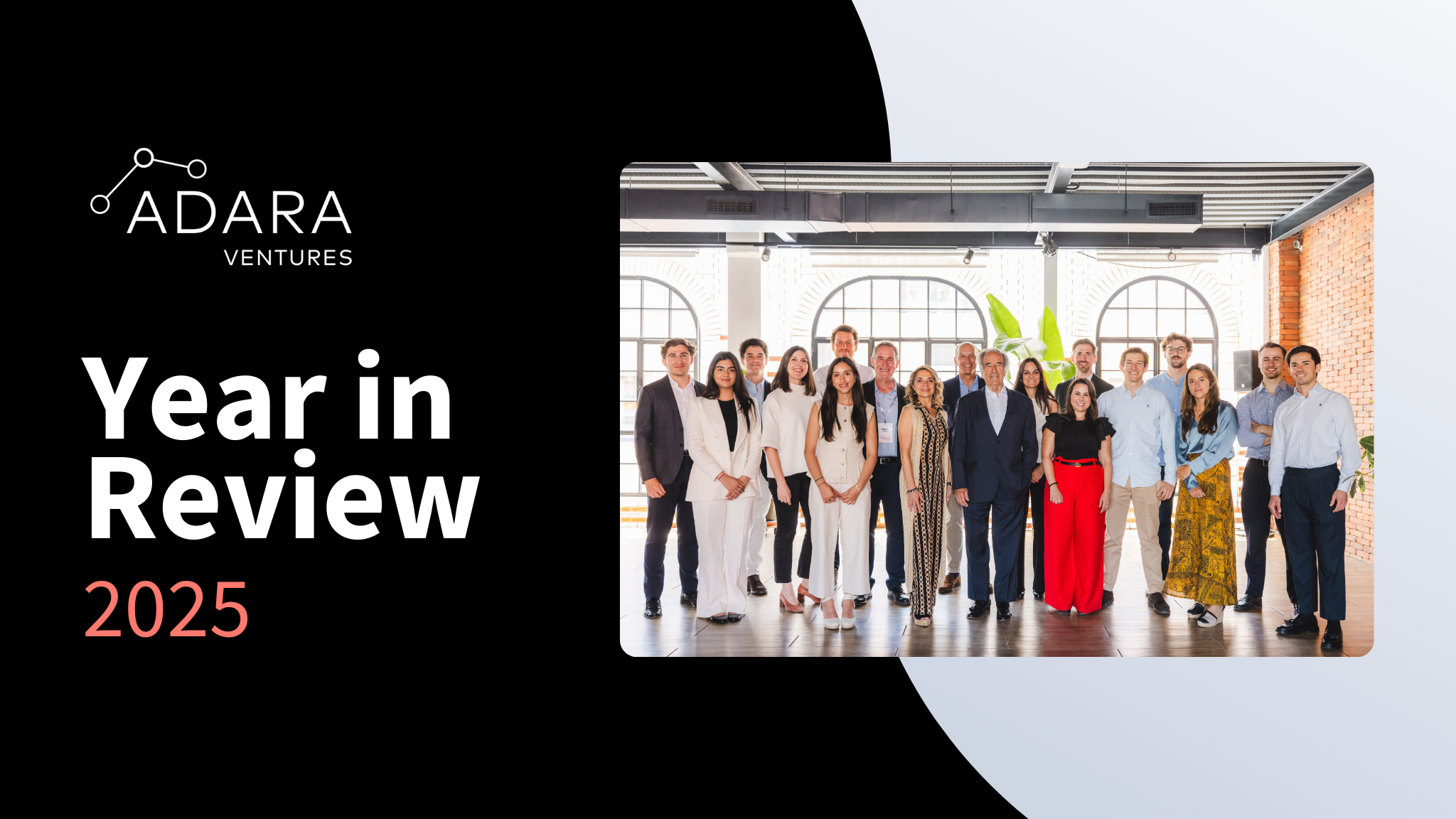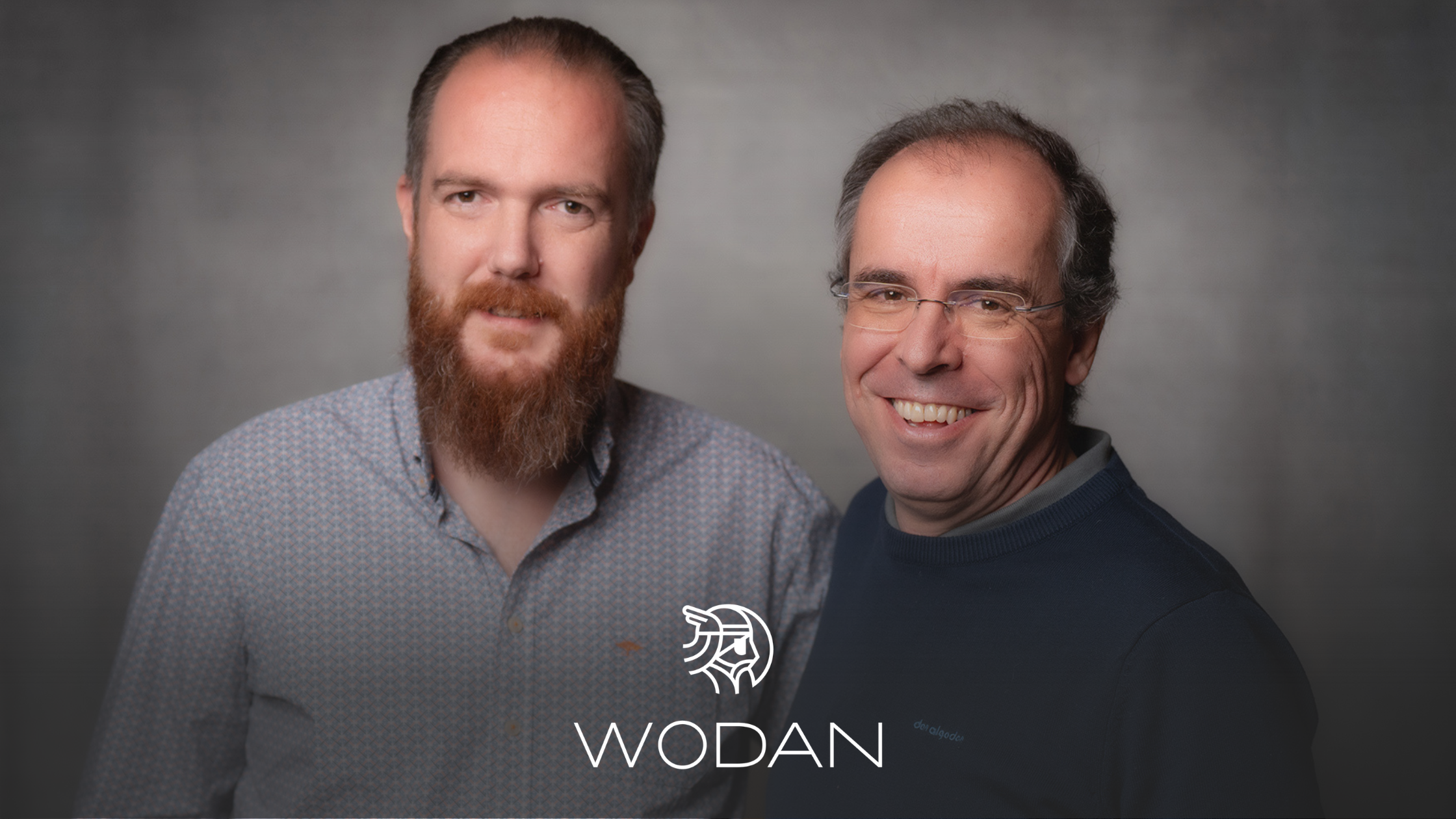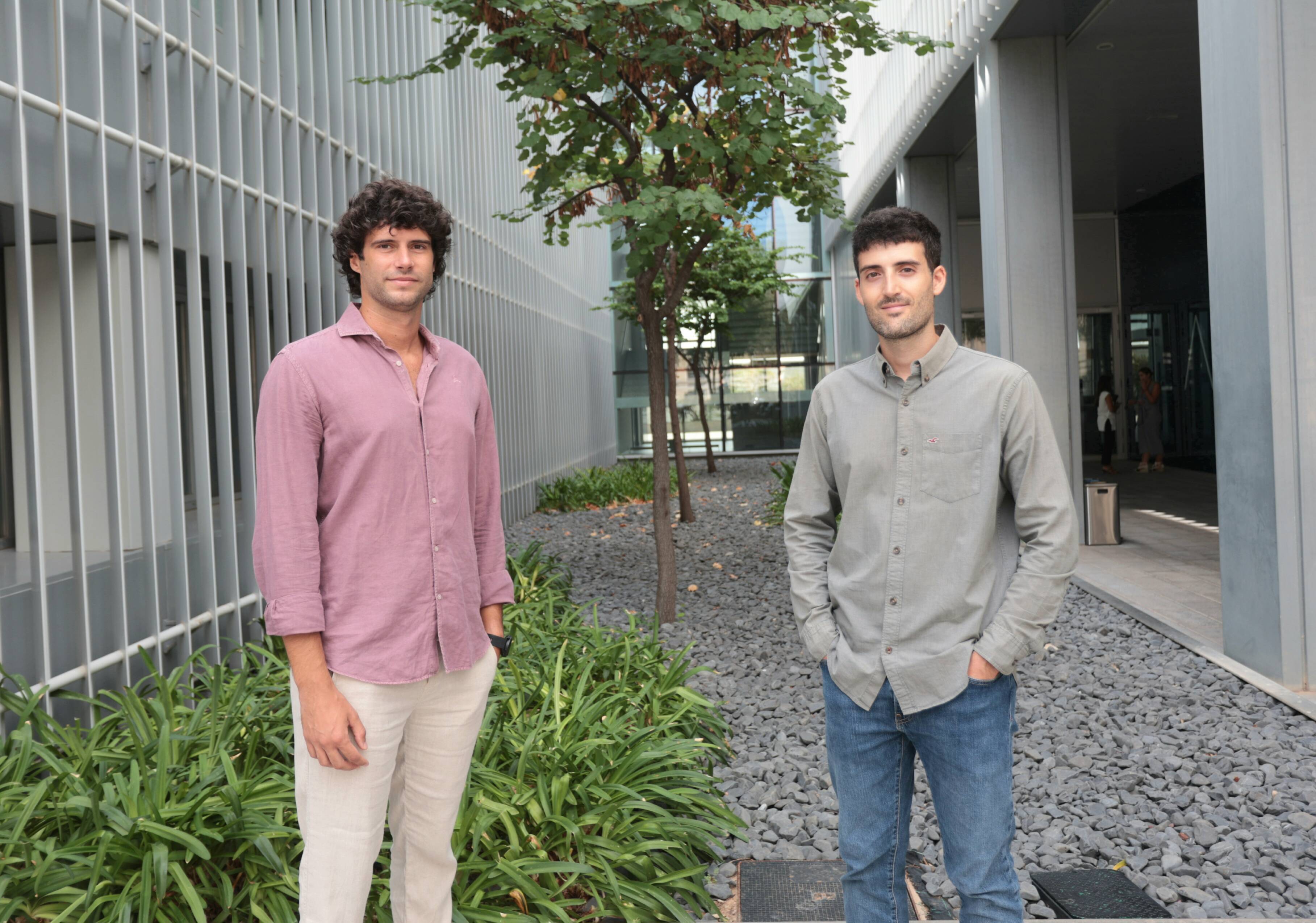An introduction to cyber deception
Adara Ventures is proud to partner with CounterCraft, a cybersecurity company from San Sebastian, Spain, that uses Deception techniques more commonly used in espionage, to protect large enterprises by fooling their adversaries with decoy computers, false data and fake identities.
David Barroso, CEO of CounterCraft, recently sat down to give his thoughts on deception technology. (click here for the full interview)

David, how would you sum up deception technology in 280 characters?
“Here goes. Deception tech enables you to be one step ahead of attackers. It’s a much more proactive approach to security strategy. Through using deception, we can change mindsets; instead of building walls, we can be more proactive and detect attackers as soon as possible.”
What’s the current appetite for investing in deception technology as a cybersecurity solution?
“Customers and partners are seeing the results that deception technology delivers, developing greater trust in its ability to support their security strategy, and have a keen desire to expand on its use. This is a huge change when we reflect on 2017 and earlier in 2018.”
Most days there’s a new headline about a security breach, so investors rightly anticipate huge market growth and are eager to invest. And as more and more providers raise strong rounds of investment, deception is starting to form a security vertical of its own.”
So what differentiates CounterCraft?
“Definitely the vision and the product itself. We’re still trying to create a new market that is cyber counterintelligence by differentiating ourselves from a saturated market of security solutions focused on networking or securing organizations purely from an inside out point of view. CounterCraft boasts a broad and advanced set of features that deliver something extremely useful for cyber deception, threat hunting and counterintelligence campaigns.”
With exception for the previous question, what do you get asked the most?
“No matter whether it’s an industry conference or a customer meeting, people always ask “what type of attacker are you finding?” They’re interested in whether it’s employees, APT, nation state sponsored attackers, competitors, or criminal gangs. They want to know the detail about specific incidents. I guess deception really offers a level of insight previously never seen or talked about.”
In light of the dynamic and complex threat landscape we face, what are the three main use cases for the CounterCraft Cyber Deception Platform?
“Threat hunting is definitely top of the list. These days, uncovering adversaries and the point at which an attack began is like looking for a needle in a haystack. Every single day, companies are being targeted and experiencing millions of security events. New methods to investigate suspicious activity are required.
Breach detection is also a very topical use case - you don’t need to look much further than the 2018 Ponemon Institute Cost of a Data Breach Study and today’s headlines to know that the risk of a data breach is increasing every day. Associated costs are reported to have increased by over 6% compared to last year, which should alone be a compelling reason for organizations to seek solutions that enable early detection and provide actionable insights that facilitate mitigation and reduce overall losses.
Thirdly, and perhaps a more common example, is cyber espionage. This is about recognizing the value of confidential information and protecting the jewels in the crown from both internal and external attackers. It doesn’t matter which vertical your organization occupies, every company has something they need to protect and in every cyber attack reported, someone at some stage in the attack lifecycle was able to steal information.”
To wrap up, in your opinion, what is a priority for 2019 in terms of the cybersecurity market?
“The security market is cyclical. We’ve heard a lot about protecting endpoints, and there’s a lot of hype around AI, but in reality, very few companies are using AI or getting results from it at the moment. Threat hunting is certainly something we’ll hear more about, and in the context of threat hunting, everything that correlates to the MITRE Att&ck Matrix™. Everyone is looking to this now to help discover what exactly is happening.”
David Barroso is CEO at CounterCraft, and is an internationally recognised thought leader on Cyber Deception technology. Click here to follow him on Twitter or here to follow him on LinkedIn.






%20and%20Jacobo%20Peleteiro%20(L).png)


.svg)


